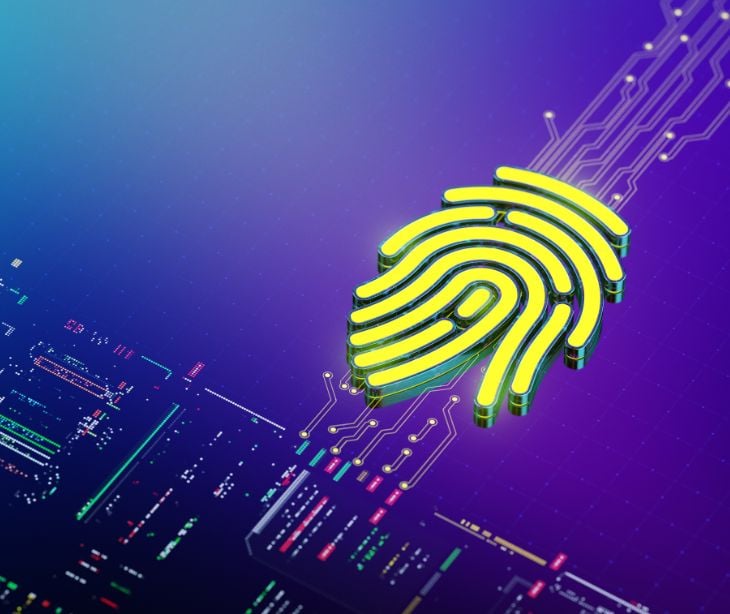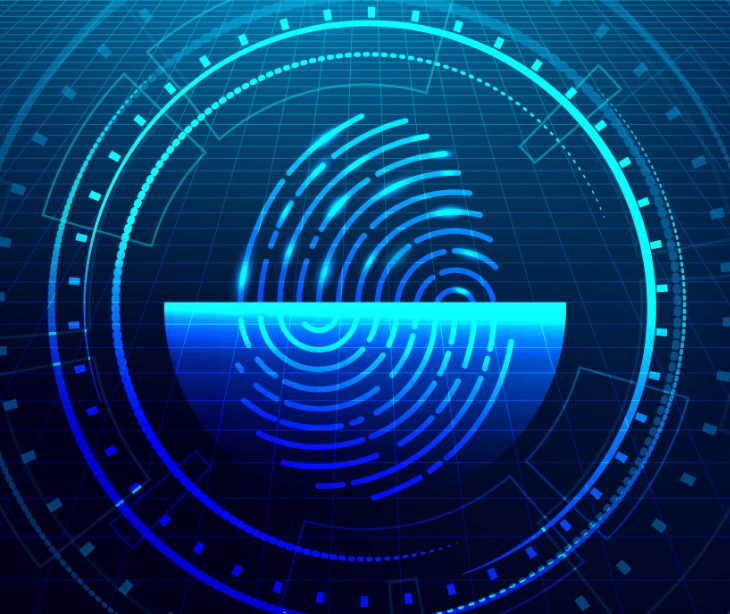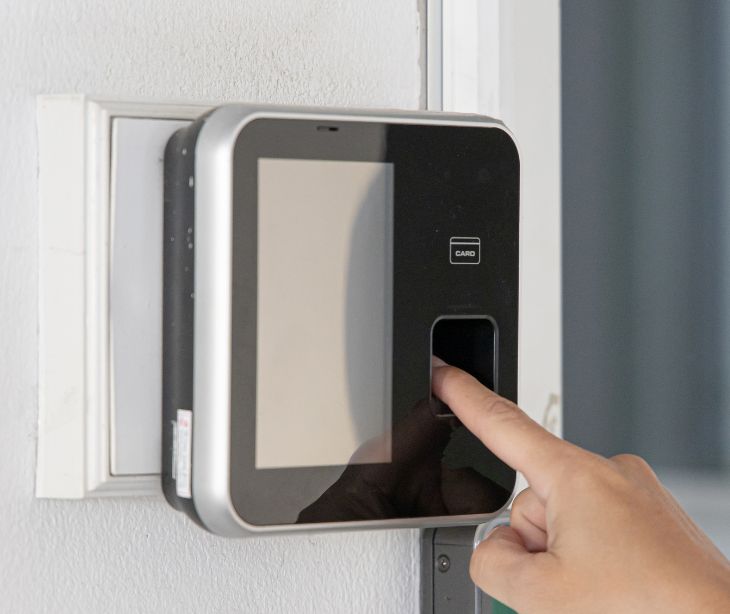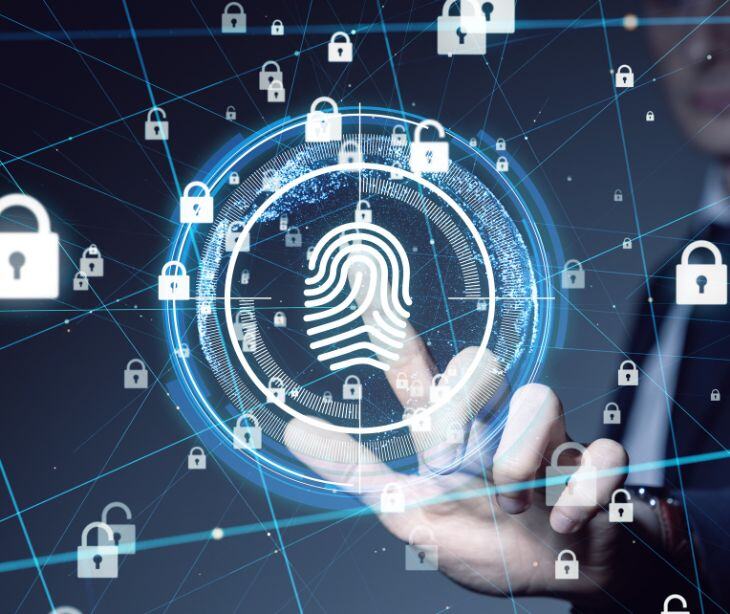
In biometric authentication, liveness detection is a technique used to distinguish between live human beings and fake representations. By analyzing data collected from biometric sensors, algorithms determine whether the source of a biometric sample is genuine or a spoof.
According to Forbes, “Telemedicine is becoming increasingly useful, especially after the pandemic. But it can be prone to privacy concerns. Liveness detection could be a partial solution to this problem and help identify patients during consultations.”
Understanding liveness detection
Liveness detection enhances the security of biometric systems. Differentiating between live human beings and fake representations prevents fraud, improves security, and protects user privacy.
With techniques such as motion analysis, 3D depth sensing, texture analysis, challenge-response tests, and machine learning AI, liveness detection algorithms are becoming increasingly sophisticated.
Related: What is advanced threat detection?
Types of liveness detection
Liveness detection can be categorized into two main types:
Active detection
Active liveness solutions primarily focus on detecting signs of life. These solutions prompt users to perform actions that are difficult to replicate with a spoof.
For example, facial recognition systems may ask users to blink, smile, or nod their heads. By analyzing the natural, involuntary movements of genuine users, active liveness algorithms can differentiate between live individuals and static images or videos. However, these methods often suffer from usability issues, lower accuracy rates, and require user interaction.
Passive detection
In contrast, passive liveness algorithms primarily aim to detect signs of a spoof but can also passively analyze signs of life. These algorithms do not require active participation from users, making them more user-friendly and highly usable. They can unobtrusively employ multiple algorithms, adapting to different client environments over time.
Benefits of liveness detection
Liveness detection is significant for several reasons:
Fraud prevention
Without liveness detection, biometric systems are vulnerable to attacks using high-quality photographs or videos. Liveness detection helps prevent such fraudulent attempts by verifying the authenticity of biometric data.
Enhanced security
Liveness detection strengthens the overall security posture of biometric systems by adding an extra layer of security. This makes them more reliable for applications such as mobile banking, access control, and secure authentication.
Privacy protection
Liveness detection ensures that only genuine biometric data necessary for identification is captured. This reduces the risk of privacy violations by using unauthorized materials or images.
Go deeper:
Techniques used in liveness detection
Liveness detection employs various techniques and technologies to differentiate between live human beings and spoofs. Here are some common methods:
Motion analysis
Motion analysis relies on tracking and analyzing the movement of the subject. For instance, facial recognition systems may instruct users to blink, smile, or nod their heads. Genuine users naturally respond with involuntary movements that can be detected, while static images or videos cannot replicate these movements.
Texture analysis
Texture analysis involves examining the fine details and textures of the subject's skin or fingerprint. Genuine skin exhibits unique features and perspiration patterns that are challenging to replicate with a photo or synthetic material. By analyzing these textures, liveness detection algorithms can distinguish between real and fake samples.
Challenge-response tests
Liveness detection may also include challenge-response tests, where the system asks the user to perform specific actions such as turning their head or speaking a random phrase. The system then analyzes the responses to determine liveness.
Machine learning AI
Powerful machine learning approaches utilizing advanced AI techniques have revolutionized liveness detection. These sophisticated algorithms can detect subtle image transformations that result from presentation attacks. They can infer 3D structures and identify subtle textural differences in spoofs that are invisible to the human eye.
FAQs
What is liveness detection and how does it relate to healthcare security?
Liveness detection is a biometric security technique used to verify that a biometric sample (such as a fingerprint, facial recognition, or voice) is being provided by a live person rather than a photo, video, or other artificial representation. In healthcare, liveness detection helps ensure that access to protected health information (PHI) and sensitive systems is secure and that only authorized individuals are granted access.
Why is liveness detection beneficial for HIPAA compliance in healthcare settings?
Liveness detection enhances the security of biometric authentication methods used to access PHI and medical systems, which supports HIPAA compliance. Preventing spoofing and ensuring that biometric samples are from live individuals helps protect sensitive patient information and aligns with HIPAA’s security and privacy requirements.
What are the potential risks associated with inadequate liveness detection under HIPAA?
- Unauthorized access: Increased risk of unauthorized access to PHI and medical systems if biometric authentication can be bypassed using fake or stolen biometric data.
- Data breaches: Compromise of patient records and sensitive medical information due to insecure authentication methods.
- Fraudulent activities: Potential misuse of compromised biometric credentials to conduct fraudulent activities or gain unauthorized access.
- Non-compliance: Failure to meet HIPAA’s technical safeguards for protecting PHI, leading to potential fines and legal consequences.
How can healthcare facilities implement effective liveness detection to maintain HIPAA compliance?
- Choosing advanced biometric systems: Selecting biometric authentication systems that include advanced liveness detection features to prevent spoofing.
- Regular updates: Ensuring biometric systems and liveness detection technologies are regularly updated to address emerging security threats.
- Multi-factor authentication (MFA): Combining liveness detection with other authentication methods, such as passwords or security tokens, to enhance overall security.
- Training and awareness: Educating staff on the importance of biometric security and the role of liveness detection in protecting PHI.
Subscribe to Paubox Weekly
Every Friday we'll bring you the most important news from Paubox. Our aim is to make you smarter, faster.




